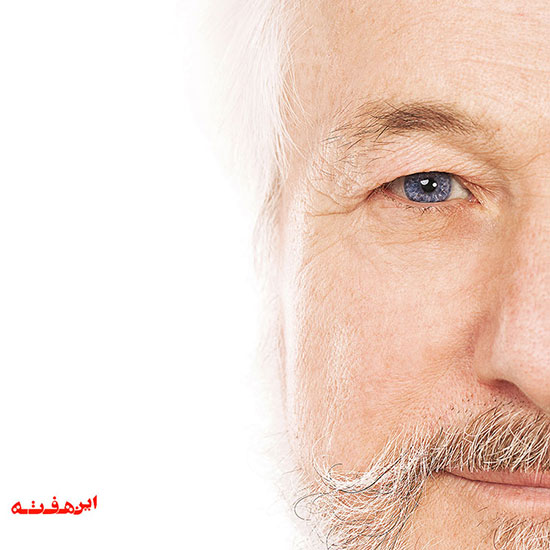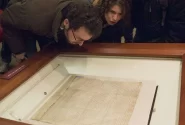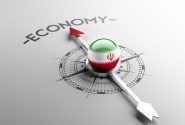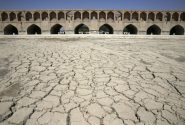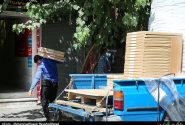We do not know if Iran will get Alzheimer’s disease in the next 10 years or Alzheimer’s disease will get Iran? The “aging tsunami” is a Hot-topic these days but it is not clear whether we are ready to face the storm or we will be drowned? Aging is now a missing piece in the managers’ urban planning puzzle; However, according to many experts, urban adaptation is not elderly-specific, but also people such as veterans, the elderly, pregnant mothers, women carrying their children in strollers, those who suffer from osteoarthritis and lumbar disc herniation must be the specific concerns of such procedures. They also have problems to be present in some places, sidewalks, parks and streets, which together constitute a considerable population, and an immediate solution must be found to address their needs.
Experts say that in the next decade or so, there will be a huge gap in our population i.e. an old population, whose abilities are limited and need to plan for their lives. This is while we are still far away from the standards of sidewalks and proper ramps.
Given the fact that urban adaptation is beyond the construction of standard sidewalks and ramps in government offices and some stores, we need to build houses for the elderly to have access to all facilities.
Ahmad Nazari who is a retired teacher in his 60s say the cities are already with no proper place for the elderly. In his opinion, the problems of middle-aged people are going to increase in the near future as their population increases. Should the elderly be isolated and abandoned with different problems due to the unsuitable space and architecture of the city and even their homes?
Improper Architecture
Afshin Tabatabai is a family consultant and psychologist who has done a lot of research on urban spaces and its effect on the elderly. He believes that simple training such as working with the Internet may reduce the number of elderly people in the city, but we can not do the same with the architecture of houses. Currently the architecture and space of mass-constructed apartments do not have suitable facilities for the elderly so that they do not feel bothered due to their disability.
“Lack of attention to the rights of the elderly in urban furniture, cultural programs, urban institutions and welfare policies is obviously clear and can be seen in the whole city. In fact, we must prepare the urban environment for these people and the city space must be able to accept people and provide welfare services for all segments of society, otherwise it can be said that civil justice is not observed, because not all citizens can easily use these spaces” he added.
considering urban furniture as the necessary and sufficient condition for the presence of the elderly in the urban environment, he says: neglecting this group of people will cause great socio-economic damages in the long run, so there is a need for city managers to include the elderly in the puzzle of their urban planning and not remain indifferent to them.
Next 30 years, 20 percent Senescence
According to UN estimates, about 20 percent of Iran’s population over the next 30 years will be over 65 years old. The proportion of the population under 15 will be 18% and the proportion of the productive population (15 to 65 years old) will be 62% of the total population in that year.
According to the United Nations’ estimation the total population of Iran in 2050 will be around 104 million people. If we compare this number with the estimates of Statistical Center of Iran, we will see that this UN forecast is based on the assumption that the birth rate and fertility rate in Iran will remain at the current level (1.2 children per woman).
Even if we assume that the birth rate is so low that the fertility rate reaches near 1.5 children, then the population ratio of the elderly won’t change significantly. According to the third scenario of the Statistical Center of Iran, by 1430 SH (2051), in case of a sharp decrease in fertility rate, the elderly will still make up about 20% of the total population.
Urban Adaptation Crisis
As a consequence, we are facing a tsunami of aging that, if left unaddressed, could turn into a major crisis. According to Mohammad Saeed Mohammadi, a family expert, we still have a lot of work to do in the context of urban adaptation. When we talk about disability or old age and the limitations created by physical conditions, we need to provide additional services anyway.
He expressed satisfaction that the officials have recently paid more attention to the issue. In relation to state welfare organization of Iran and municipality interactions, to which the disabled and the elderly are specific audience, he added that there were some relevant corporation and now we hold urban adaptation sessions of the city.
In response to the question of whether the current buildings are in accordance with the age conditions he says “I can’t give a definite answer to your question because the problem is that we have not reached a proper culture for the elderly,”. However, the space that is created for the elderly people of the society should address all their needs according to their age conditions. Regardless of their age, they should not be deprived of all the divine blessings that are shared by the hands of the authorities. From now on, we have to think about the generation that is going to live in these houses by building houses with the right architecture. We have to consider the right construction in all parts of the houses including toilet and Kitchen suitable for this group, which will not be few in the next ten years.


